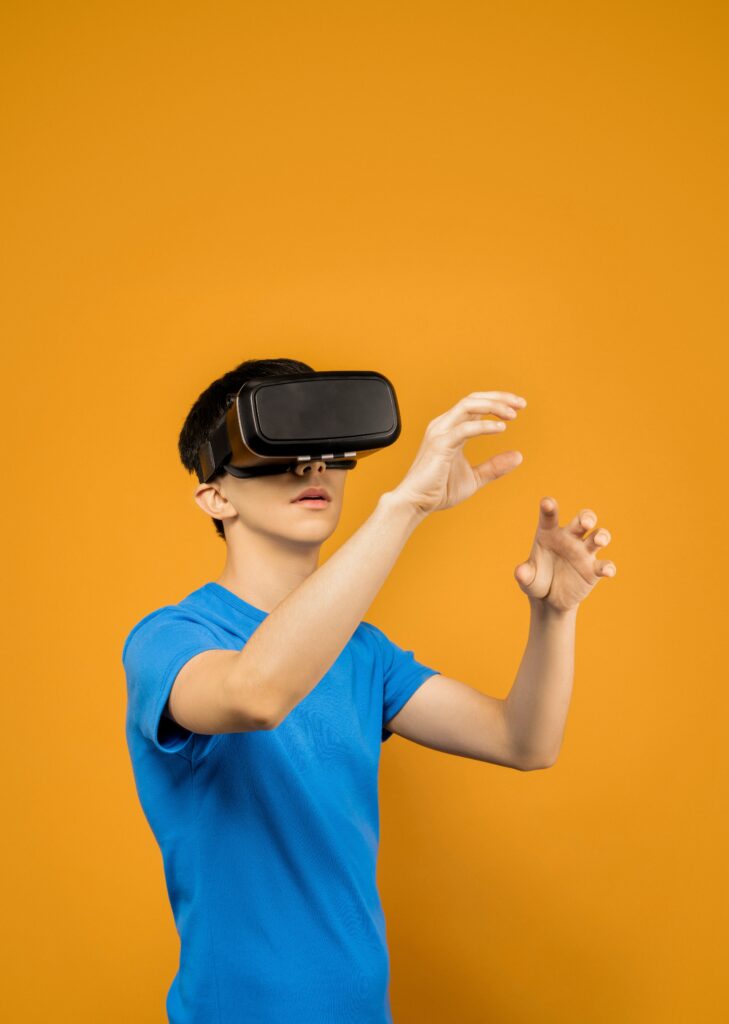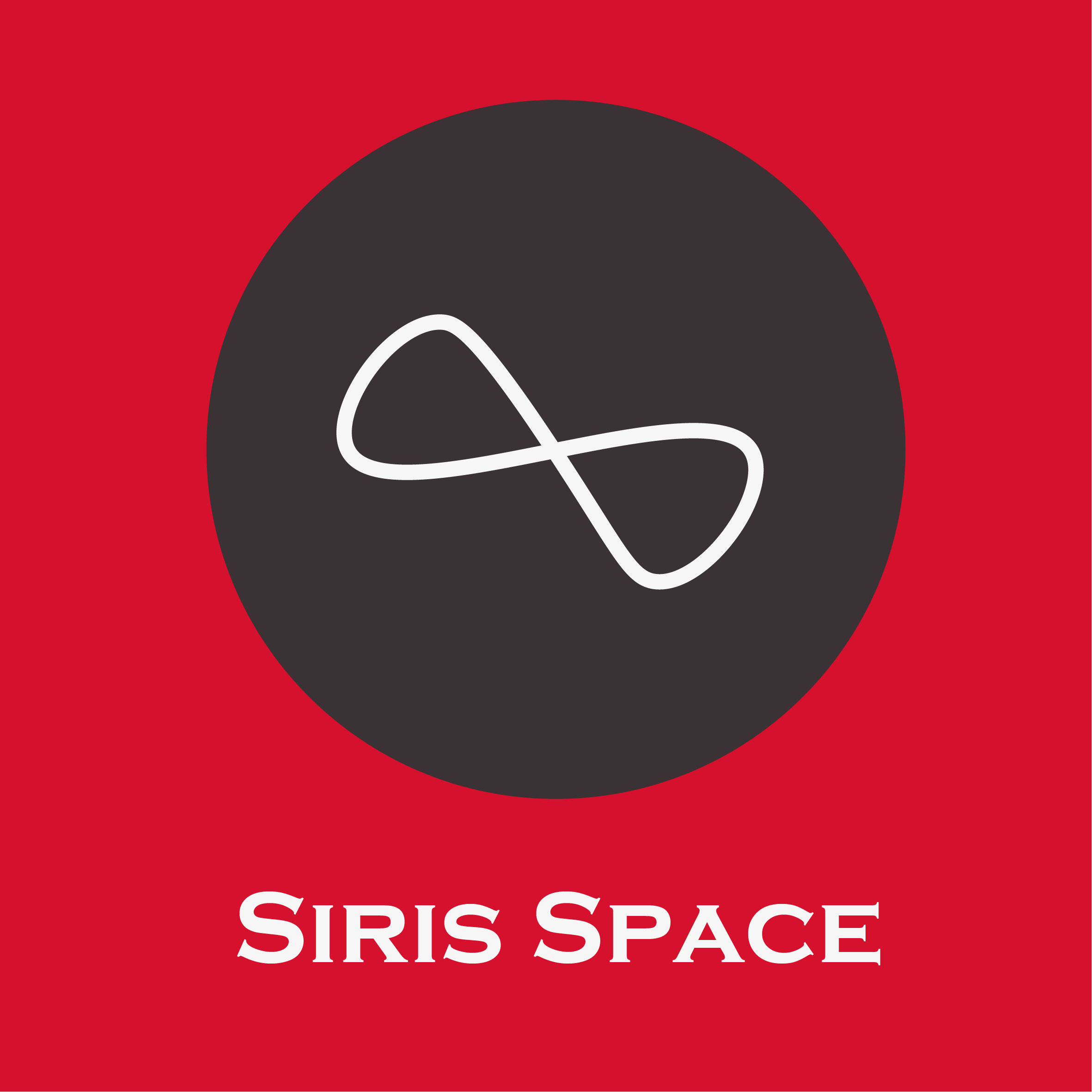PIC 882025851
Available dates:
27 / 1 / 2025 – 01 / 02 / 2025
03 / 02 / 2025 – 08 / 02 / 2025
10 / 02 / 2025 – 15 / 02 / 2025
17 / 02 / 2025 – 22 / 02 / 2025
24 / 02 / 2025 – 01 / 03 / 2025
03 / 03 / 2025 – 08 / 03 / 2025
17 / 03 / 2025 – 22 / 03 / 2025
24 / 03 / 2025 – 29 / 03 / 2025
14 / 04 / 2025 – 19 / 04 / 2025
21 / 04 / 2025 – 26 / 04 / 2025
28 / 04 / 2025 – 03 / 05 / 2025
Target group: Teachers, Educators, Head Teachers, Education Consultants, Educational Staff.
Virtual and augmented reality have become increasingly important educational tools as they can help to engage students in a powerful and immersive learning experience. Through virtual reality, students can explore simulated environments and experience situations that are difficult or impossible to recreate in the physical world. For example, virtual reality can be used to take students on field trips to distant places or to explore the inner workings of complex systems. Augmented reality can also be used to enhance the learning experience by overlaying virtual objects onto the physical world. This helps to bridge the gap between the virtual and physical worlds, allowing students to gain a deeper understanding of complex topics. Furthermore, the use of virtual and augmented reality can help to make learning more engaging, allowing students to gain a more comprehensive understanding of a given topic.
In this course, we are going to explore the use of AR (Augmented Reality) and VR (Virtual Reality) as educational tools. We are using Unity (www.unity.com) as the main software tool and special hardware like the Oculus Rift S, Microsoft Hololens, and Vuzix Blade goggles. We create virtual environments that we can then navigate and experience. No previous knowledge or experience is necessary.

At the same time, you come into contact with the culture of the region, get to know a borderline area of southeastern Europe, and live new experiences!
You can apply using the Registration Form
More details can be found in the brochure for the course.

